World renowned American rock band, The War on Drugs, have spent the first 4 months of 2022 touring the UK and Europe showcasing their newly released album, I DON’T LIVE HERE ANYMORE.
Production manager Jimmy Russo and Lighting Designer Ben Silverstein, who have both been working with The War on Drugs for several years, enlisted the help of Neg Earth Lights to supply the tour with lighting, rigging, and network and control equipment.
Ben explains, ‘One of the challenges was to design something that would be scalable from 1,000 to 2,000 capacity venues all the way up to the O2 arena’s 20,000 capacity. We constantly needed to go from ‘A-rig,’ to B-rig,’ to Z-rig,’ and back with a system that would be compatible for each. Dave Ridgway and Gavin Maze understood those challenges and really did some backflips to make it happen for us.’
Neg Earth Lights’ Project Manager, Gavin Maze, was the key contact for Jimmy and Ben. Gavin took Ben from vision to reality with our fantastic CAD team providing lighting plots, rigging plots and custom fabrication solutions and welcomed The War on Drugs crew to Neg Earth’s HQ in London for rehearsals in the LH3 Studio, where they could see the rig and lighting fully set up.
‘This project was a perfect example of what Neg do best, all departments working together to make sure Ben got the show he wanted. Having them in our LH3 studio space with our workshops and warehouse team in the same building meant that any tweaks that needed to be made could be done speedily without holding up programming,’ states Gavin.
Ben continues, ‘A huge advantage for us too was using the LH3 production space at Neg Earth to get the whole rig set-up and prepared for all of the various venues we would be performing at whilst on tour. We had all our backline, audio gear and crew at LH3 studio to do a full set up prior to the tour. It was a perfect facility for the team to work and sort out how the production needed to come together.’
The lighting rig featured Ayrton Khamsin-S and Robe Robin Spikie LED WashBeam controlled by a full size GrandMA3 Console and network infrastructure. The simplistic, yet effective staging and lighting layout gave the illusion that the band members were playing in an illuminated cube, the theme and colour changing with each number The War on Drugs played.
Ben highlights how this set up was far from usual, ‘The use of LH3 pre-production was crucial because the design has a full rectangle on the floor and in the air of X4-Bar20s which totally cuts off any stage access. The only way to enter and exit the stage was to step over the lights and the only cable access was through the little gaps in corners. Obviously creating something that has no stage access is not a normal thing to do, but the band and crew was fully supportive and were fine with stepping over lights to access the stage.’
Gavin also assembled a highly skilled team of freelance crew to support The War on Drugs Tour.
Ben gave a special mention to this, ‘Neg Earth provided us with the most incredible crew who made it happen every day. Mr. Keith, Craig, T.O, and our tour rigger Nippy just did an incredible job everyday without fail. On ‘B-rig’ or ‘Z-rig’ days they were always finding solutions to get the most bang for our buck at each venue.’
Gavin concludes, ‘it was a pleasure to work with Jimmy and Ben once again. Their productions get more ambitious each time they come over and it’s great fun collaborating with them to achieve their vision.’
Do you need lighting and rigging equipment for an upcoming production?
Article credit: Neg Earth Lights.
Photo Credit: Jessie Kamp (Netherlands) and Neg Earth Lights (London O2).
Tour Manager: Craig McQuiston
Production Manager: Jimmy Russo
Lighting / Production Design: Ben Silverstein & John Frattalone
Crew Chief: Mr. Keith Johnson
LX Crew: Craig Ralph, T.O. Robertson
Tour Rigger: Steven “Nippy” Williams
FOH: Matthew Walsh
Monitors: Ricardo Garcia
Audio Tech: Rob Greene
Backline: Dominic East, Josh Goldsmith, Eddie Chappa
Tour Coordinator: Lori Delancey
Merch: Swax


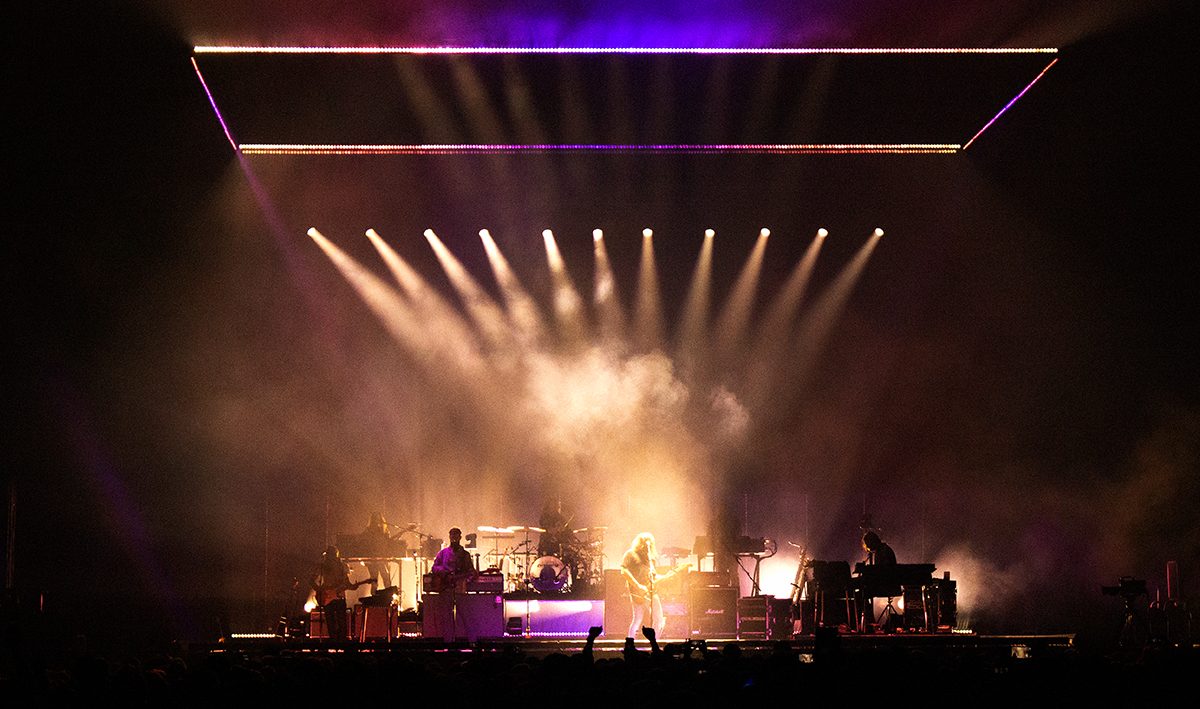
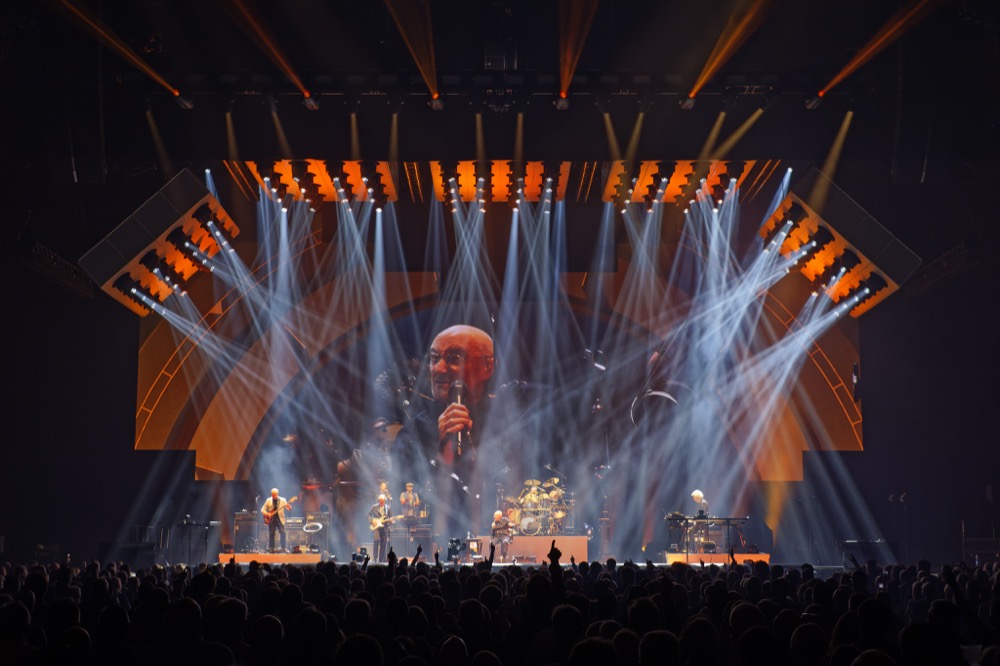
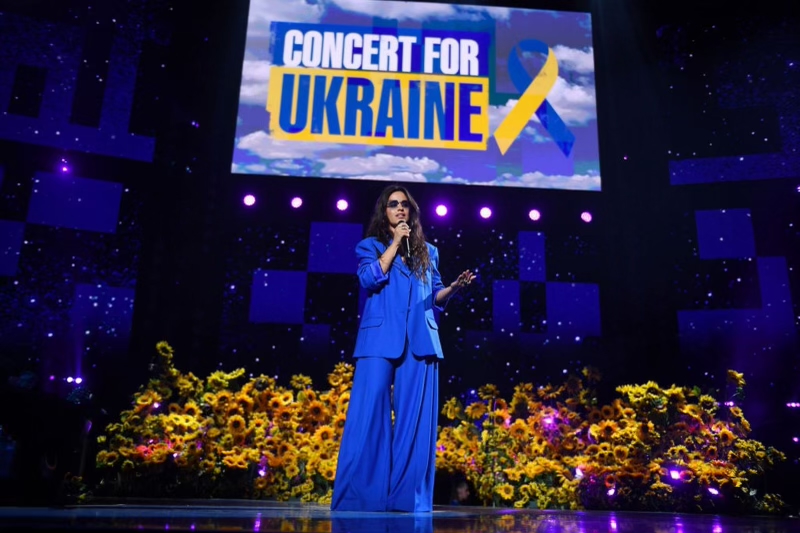
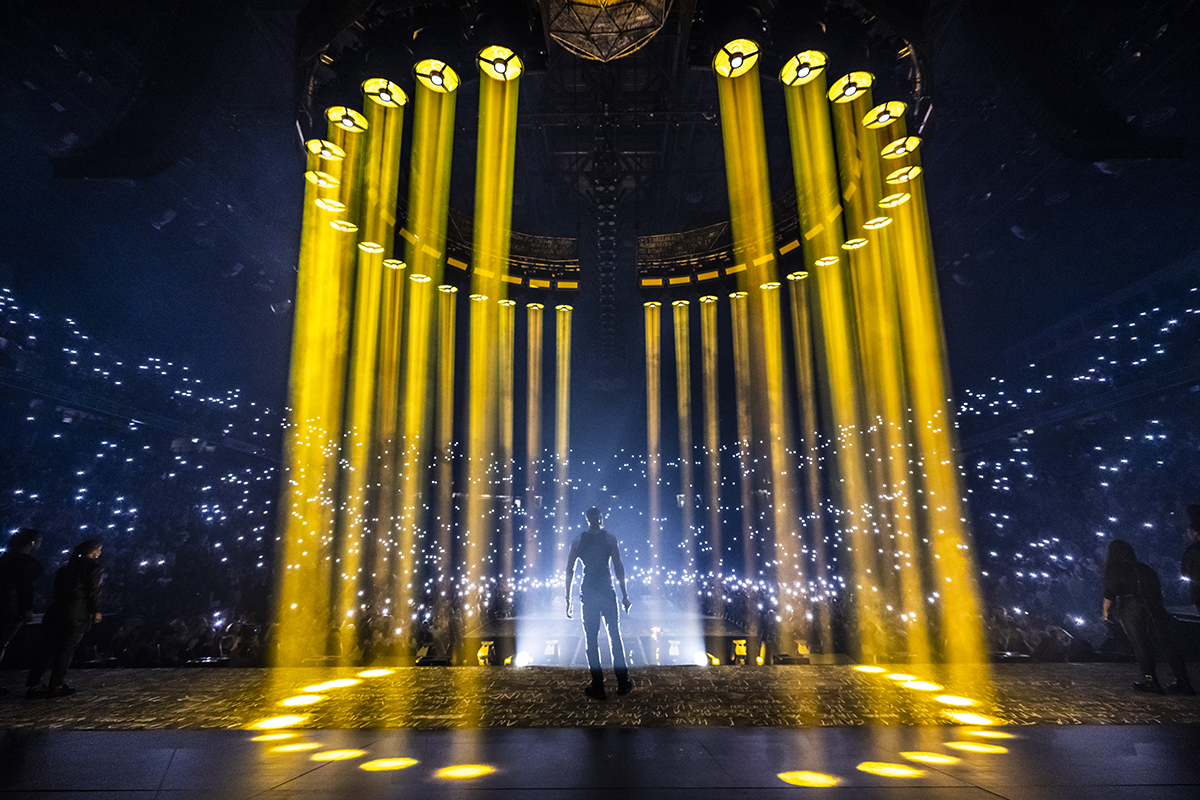
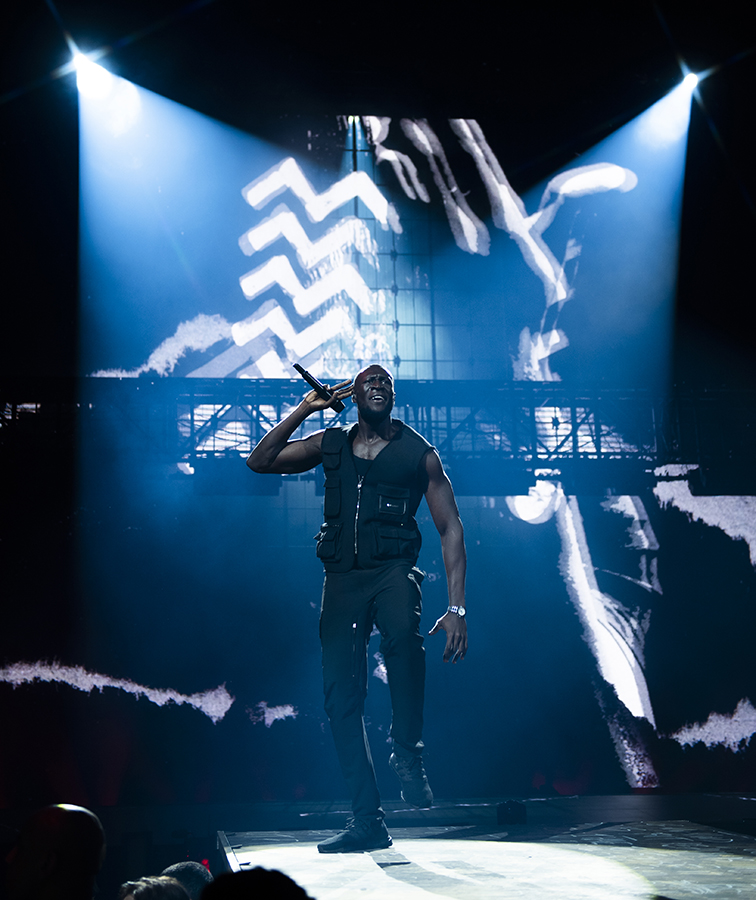
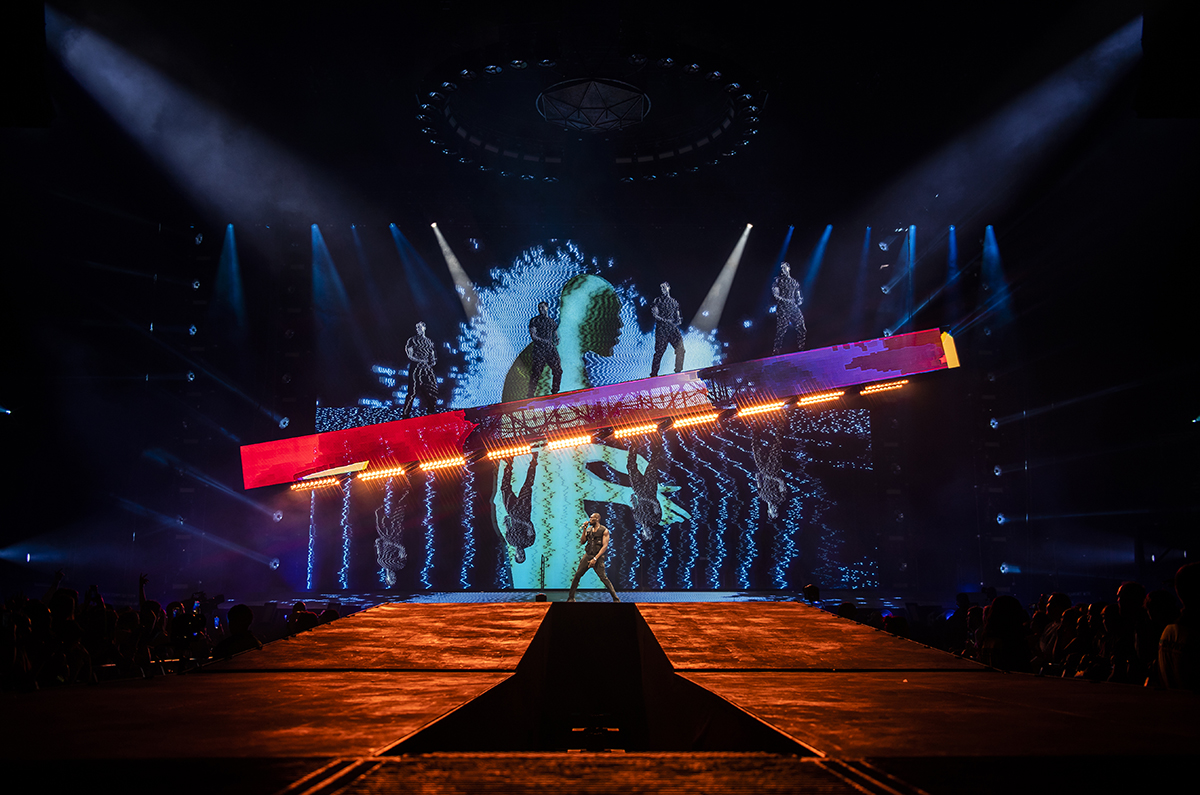

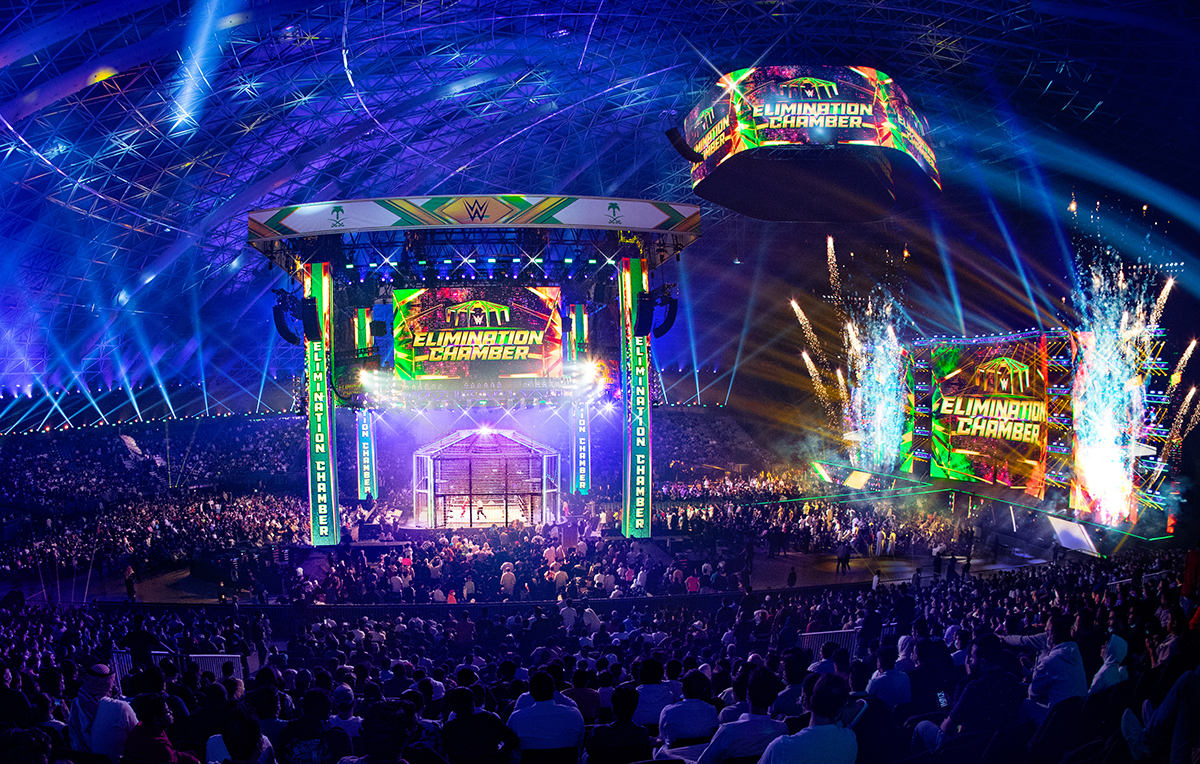
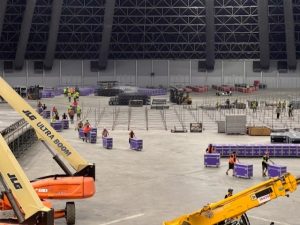
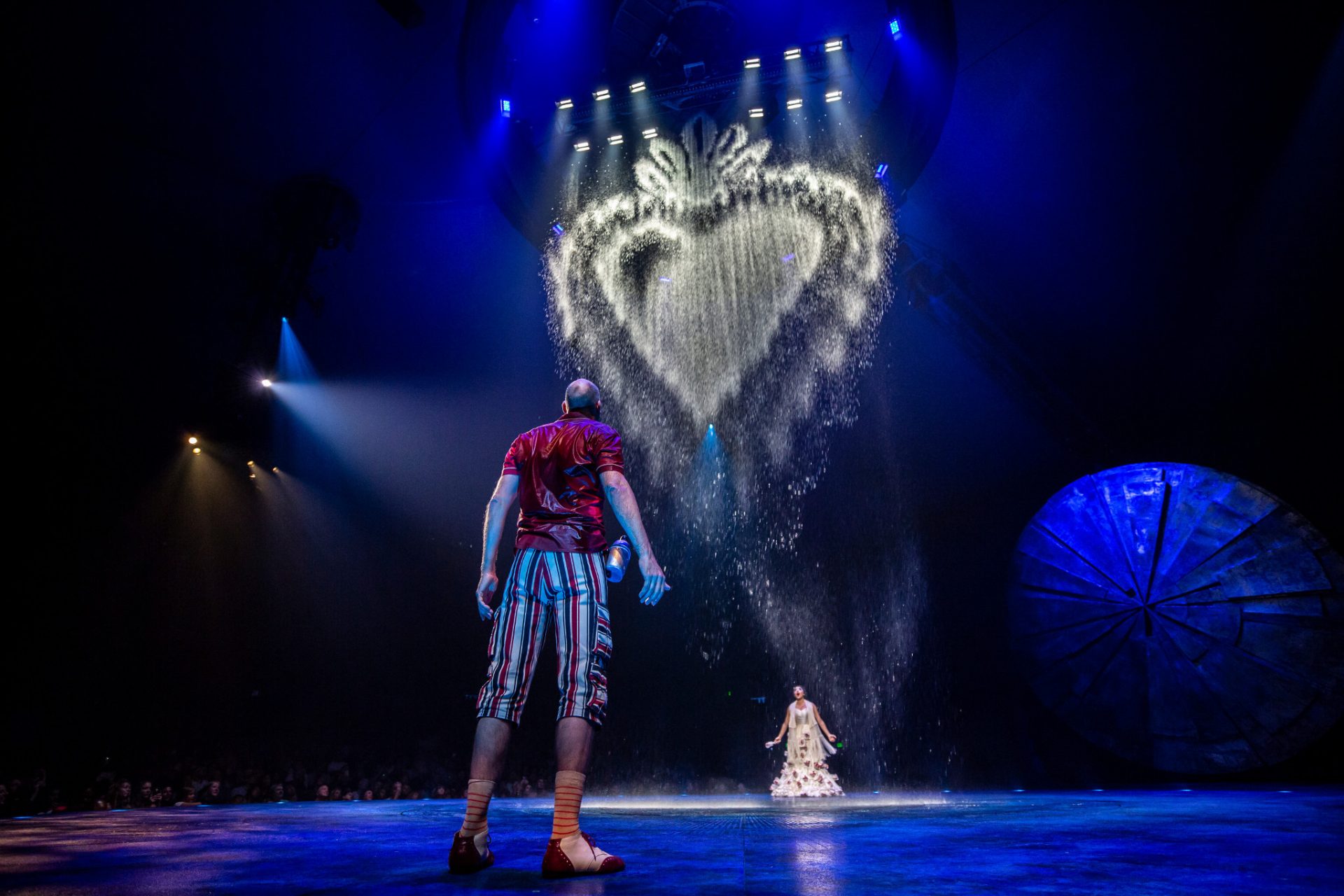
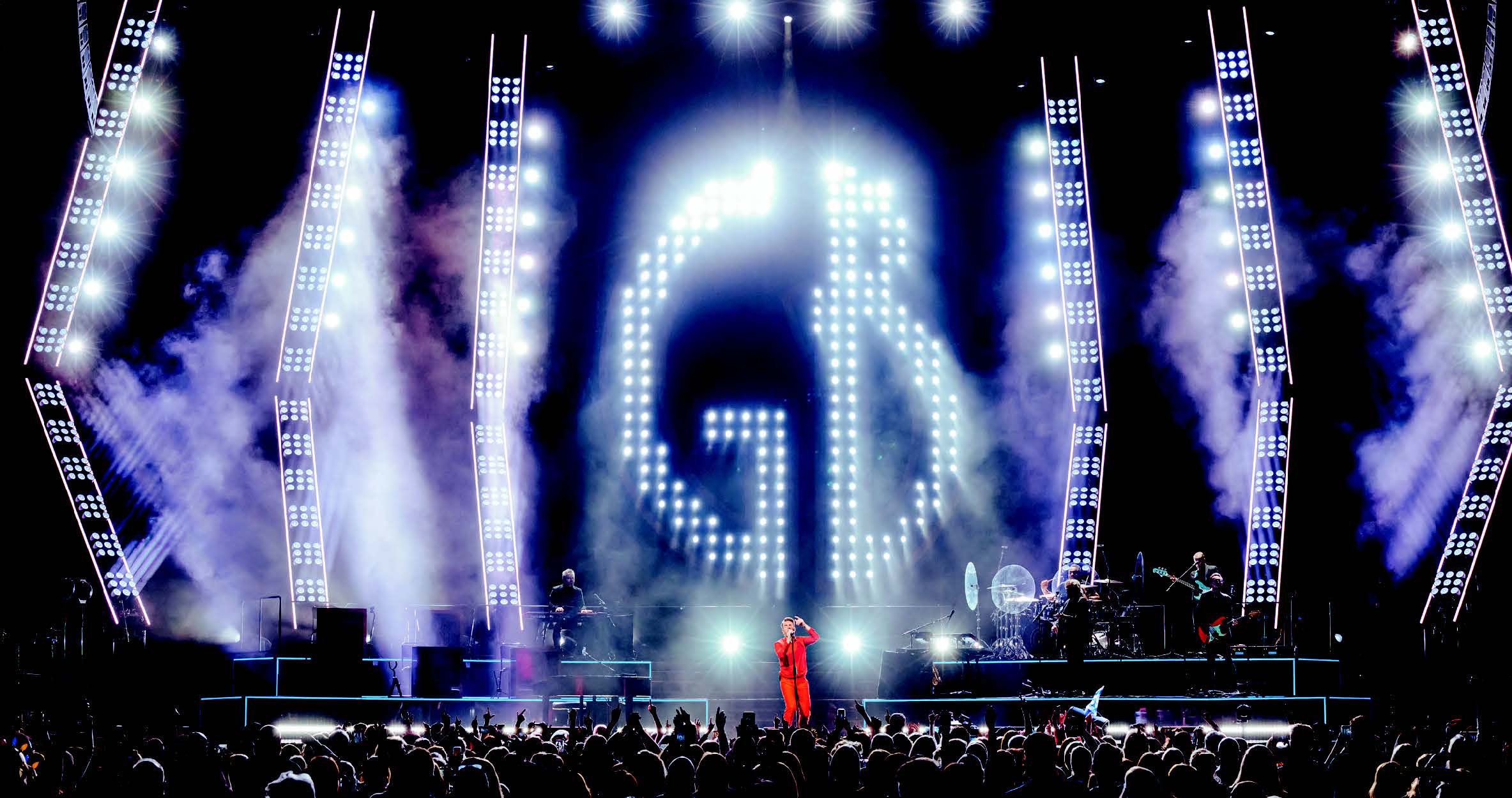
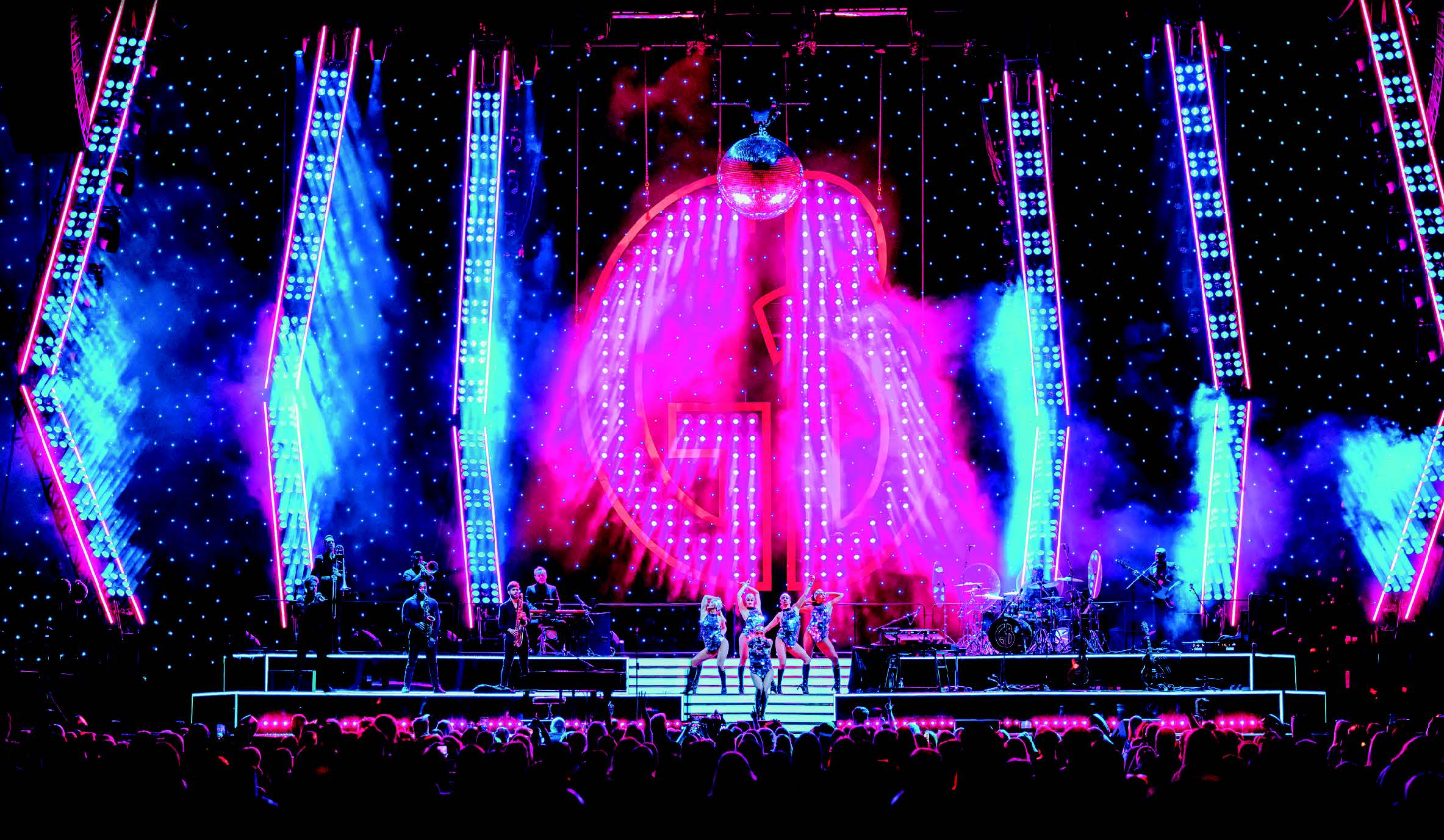

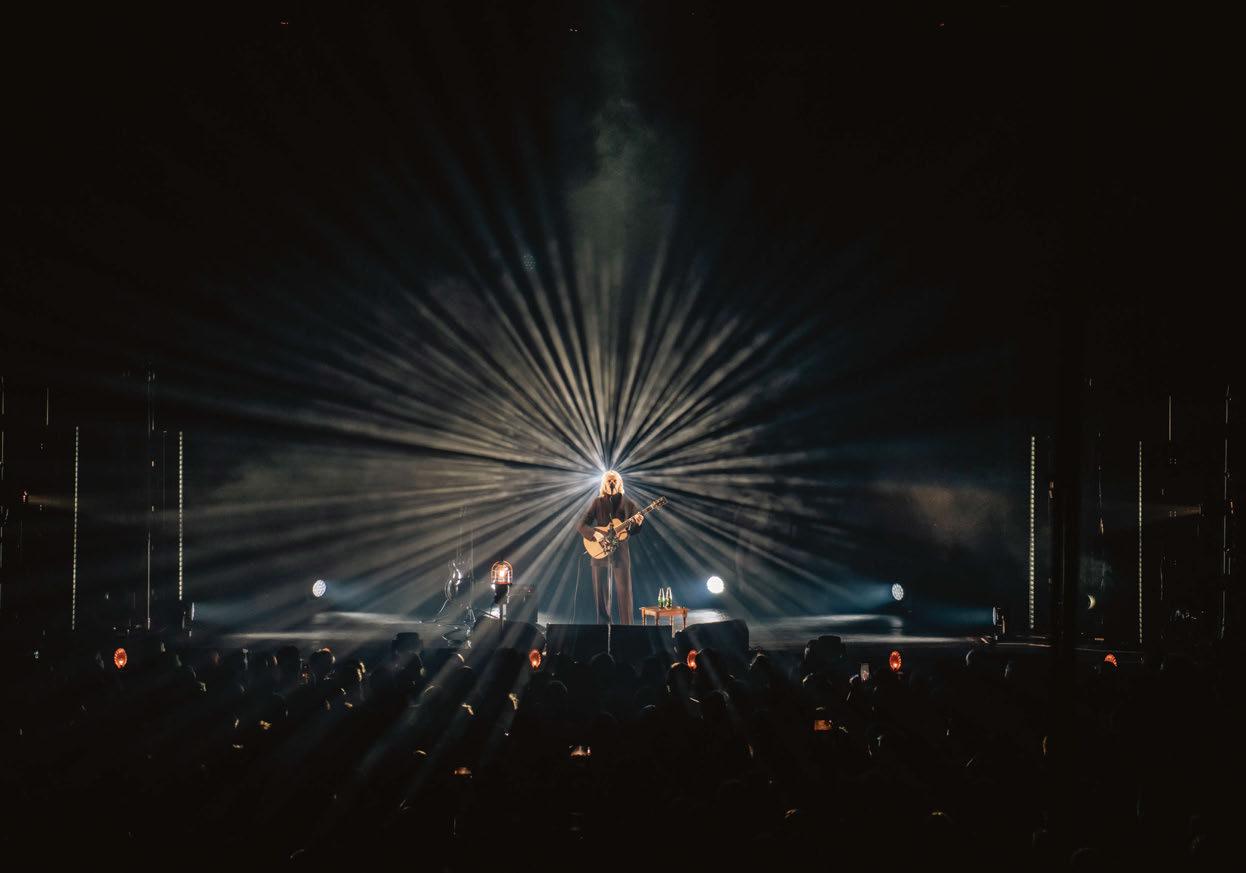








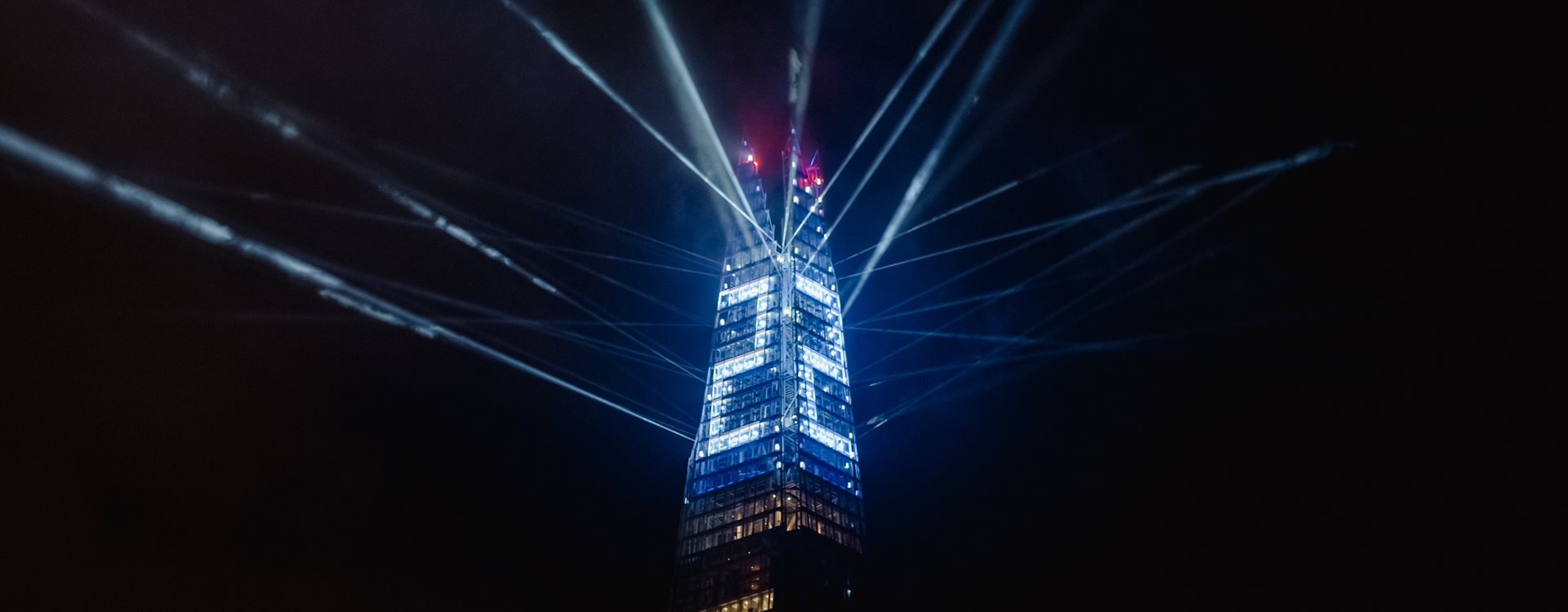

Latest posts